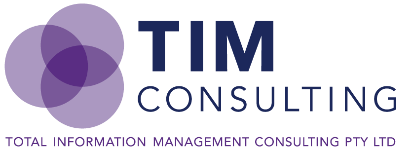S1000D Business Rules Development Workshops
Business Rules are an integral aspect of an S1000D project. The S1000D Specification identifies a range of decisions, Business Rules Decision Points (BRDPs), that the project should consider for the project implementation.
The Business Rules development provides two outcomes:
- Guidance for project participants (Technical Authors, Project Managers, Engineers, Commerical, Customers)
- Validation file that software uses to verify content is compliant to the decisions
The Business Rules document is a guidance document that is used as the project style guide that the Technical Authors can use to ensure the content is consistent. Technical Authors refer to the style guide during the authoring of content. Errors of structure can still occur. The validation file, called the Business Rules EXchange (BREX), can be used by the Authoring software to programmatically verify that the content is valid to the decisions that have been made. This same document is also used to assist in defining the deliverables for a project, highlighting the methods of data exchange and supports many commerical decisions that are made and agreed.
The TIM Consulting teams experience provides guidance on the development of Business Rules for S1000D. To ensure that projects have the right Business Rules, TIM Consulting facilitates workshops that guide the project through the decisions that have been identified. The workshops that we run are broken into two levels:
- Management Level business rules definition workshop
- Author specific workshop
The Management level business rules workshop are decisions that the management team of the Technical Publication project must decide. Depending on the decisions that are made in this workshop, they will have a direct effect to the Author specific decisions. Many projects will make the decisions for the higher level workshop and document these in a format that the project can use.
The Author specific decisions are decisions that relate to the optional elements and attributes for each Schema. The attendees of this workshop should include technical authors who understand the S1000D elements and attributes. The optional elements and attributes, in many projects, are not clearly defined. This means that individual authors may use different elements and attributes, therefore there is inconsistency in the content. Alternatively, the authors make the decisions of which elements and/or attributes are to be used and, as a team, will implement. The benefit of this is the project may have consistency but has no methods available to verify the consistency. Conducting the Author specific workshop will mean that the project has decisions for all structure and this ensures consistency of data.
On the completion of the workshops, the project will have made decisions on the implementation of S1000D for the project. Each decision that is made is recorded.
There are two ways that BRDPs can be analysed and defined:
- Use the 10 categories defined in the Specification
- use the BRDP Groups concept
The categories method identifies BRDPs in multiple categories. The categories are a list of topics and represent the subject matters address by the business rules.
The BRDPs Groups concept organises the BRDPs into contextual groups where the BRDPs occur only once. The groups concept is not the same as the categories. For the workshop we use the BRDP Groups concept. This allows us to easily identify each BRDP, make the decision and move to the next group.
TIM Consulting documents each decision that is made in the workshops and issue these to the project at the completion. Once the workshops have been completed, the following documents should be prepared:
- Business Rules Document
- Business Rules EXchange (BREX) data module

